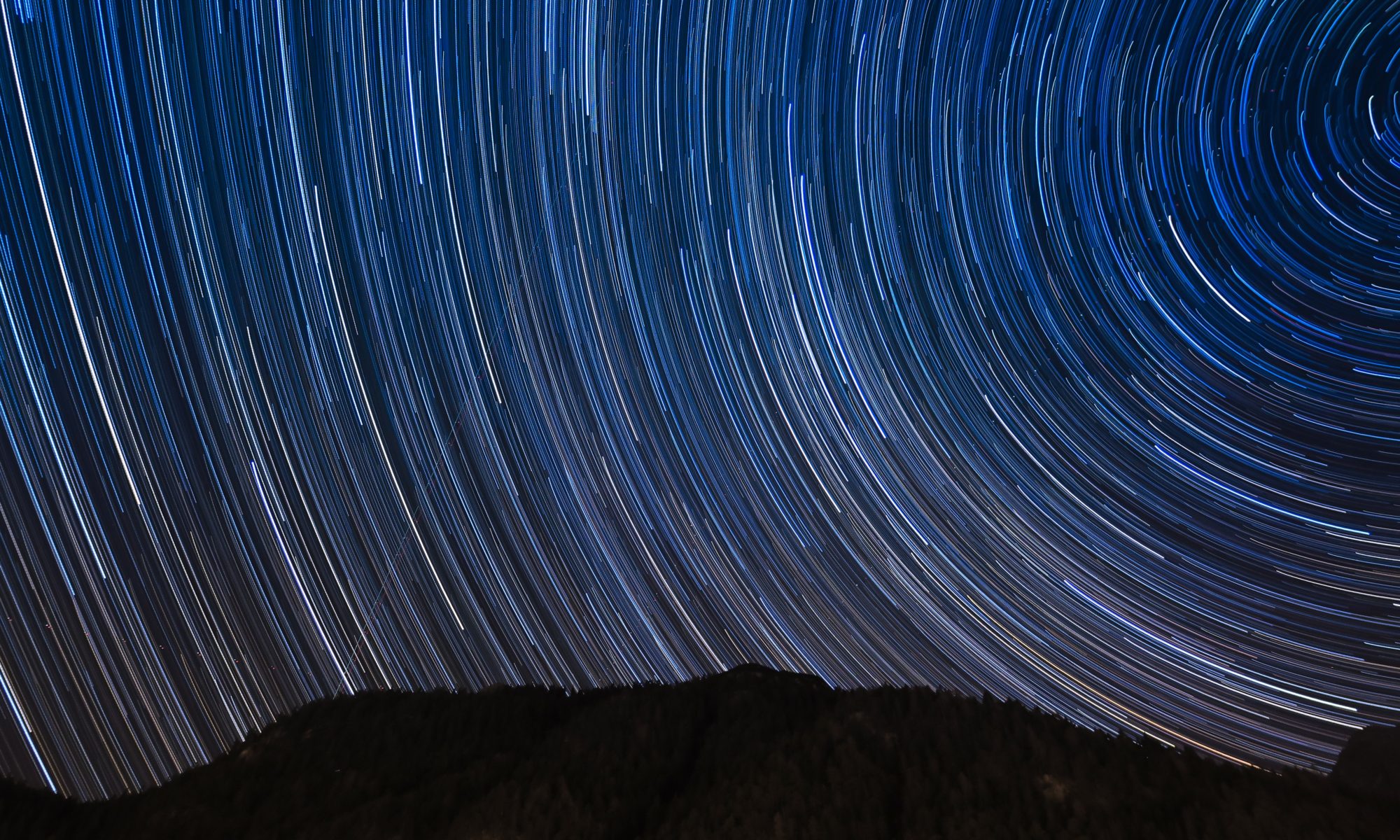Hindu Marriage Ceremony (Download)
The Hindu marriage ceremony, called Vivah has been practiced for more than 5000 years. The word Vivah literally means that which carries us along. Thus marriage is a sacred bond between a man and a woman meant to carry the married couple along the path of dharma, or righteousness.
Each act of the ceremony has a symbolic, spiritual and philosophical meaning. It unites two souls so firmly that after marriage they become one harmonious soul. Traditionally the Hindu marriage is performed in Sanskrit, the most ancient Indo-European language.
Barat – Arrival of the Groom
The bride’s family outside of the temple receives the groom sitting astride a horse and the groom’s procession or barat. This is the first time that relatives from both families are seeing each other and the exchange of garlands (the Milni) takes place to help them get acquainted by embracing their counterpart in the others’ family.
The bride’s family greets the groom and he receives the red Tilaka (red powder mark) on his forehead signifying the lord’s blessing upon him from the bride’s mother. The groom is then escorted to the front of the Mandap (or canopy), under which the Hindu ceremony will take place.
Jaimala: Arrival of the Bride
The bride is escorted by her parents to the Mandap to welcome the groom. The bride and groom exchange the garlands, symbolizing their acceptance of each other in marriage.
Ganesha Pooja- Worship of Lord Ganesha
The ceremony begins with the worship of Lord Ganesha, whose divine grace promotes a peaceful completion of the ceremony and removes all obstacles.
Madhuparak
The bride’s father holds the groom’s hand and offers the mixture of honey, yoghurt, milk and he requests that relationship between two parties remain as ‘sweet’ as this offering.
Kanyadaan – Giving away of the daughter
’Kanya’ means daughter or girl. ‘Daan’ means giving away. The bride’s parents offers the hand of their beloved daughter into the hand of groom, considered to be the greatest gift one can give or receive.
Vivah Homa – Lighting of the Sacred fire
Agnideva, the Fire God, is evoked to witness the proceedings. The priest lights a sacred fire in the presence of the bride and groom. Throughout the ceremony the bride and groom add ghee (clarified butter) to the fire and the priest chants the Sanskrit mantras
Laja Homa/Mangal Fera/Shila Roha
The groom places offerings of ghee into the sacred fire, asking for the protection of his wife. The bride and the groom take four rounds around the ‘Agni'(sacred fire) by offering flaked rice. Each phera (circle around the fire) seeks a different blessing for their married life.
Note: There is no mention in the Vivah Paddhti (Scriptures) of the seven rounds (Sapta Phera) around the fire, which has become so popular in Hindu marriages due to the influence of Bollywood! There seems to have been a confusion between the 7 steps and the 7 rounds. So there is only FOUR rounds around the sacred fire.
- Dharma (Right path and duty)
- Artha (Financial prosperity)
- Kaama (Blessing with strong, virtuous children and sharing the responsibilities of home)
- Moksha (liberation from this world by abiding the law of household life- Grihasthaashram)
Shila means a rock and rohan means to tread on. The bride places her right foot on a piece of rock symbolizing her firm devotion and constant support in married life. The groom accepts her promise.
Sapatpadi – Seven steps (exchange of seven sacred vows)
The bride and groom take seven steps together, symbolizing the beginning of their journey through life as partners. These seven steps reflect their guiding principles of married life. As they take each step, they exchange the following vows:
Together we will…
Share in the responsibility of the home.
Fill our hearts with strength and courage.
Prosper and share our worldly goals.
Fill our hearts with love, peace, happiness, and spiritual values.
Be blessed with loving children.
Attain self-restraint and longevity.
Be best friends and eternal partners.
Sindura Daan (Red Powder)
Upon completion of the seven steps the bride and groom are officially considered husband and wife. The groom places a special red powder between the parting of the bride’s hair. This identifies the bride as a married woman. The groom also ties the ‘Mangalsutra’, necklace of gold and black beads, around the bride’s neck. The mangalasutra is used instead of a ring to represent the couple’s togetherness, love, and sacred union.
Surya Darshan/Dhruv Darshan
Seeking blessings from the Sun and Dhruva Tara.
Aashirvaadam (Blessings)
The newly wedded couple touches the feet of their parents and Pundit ji (Priest) asking for their blessing. All those assembled shower flowers on the couple and bless them on their marriage.Puja materials for Hindu Wedding ceremony.
